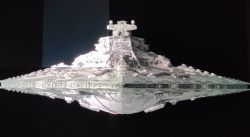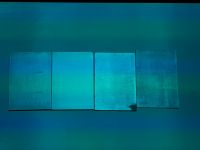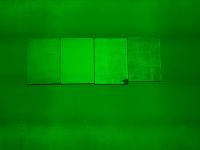_jta_ wrote:.Silver pigment will be no better than good white paint; the question is what the quality of these microspheres is.
For me, white paint is not an option at all, because whatever good projector you have, and a room darkened to the max, the black on such a bright screen will still shine through with minimal light from the projector.
A daylight projection screen, on the other hand, should preferably be painted a dark grey with a reflective additive to provide some contrast and boost brightness. On the other hand, if you paint the screen white, there will be no contrast at all during the day, which is why ALR screens were invented.
I've ordered these microbeads from Allegro, so tomorrow I'll test what the effect will be, whether there will be hot-spots like with pigment at night, whether the black will be brighter than regular grey paint. I'll let you know.











